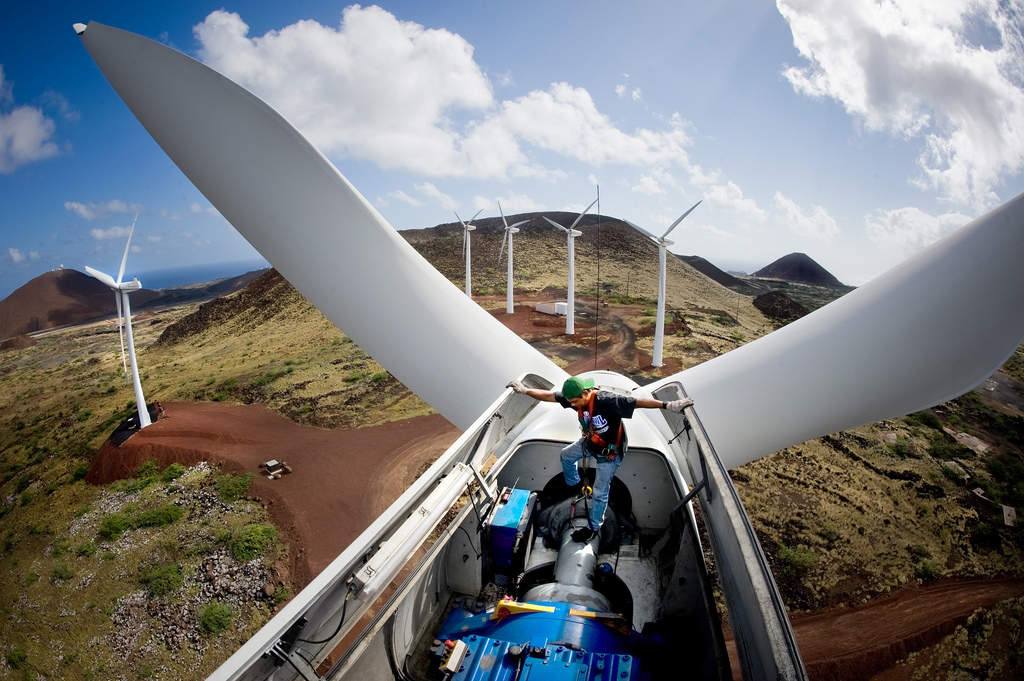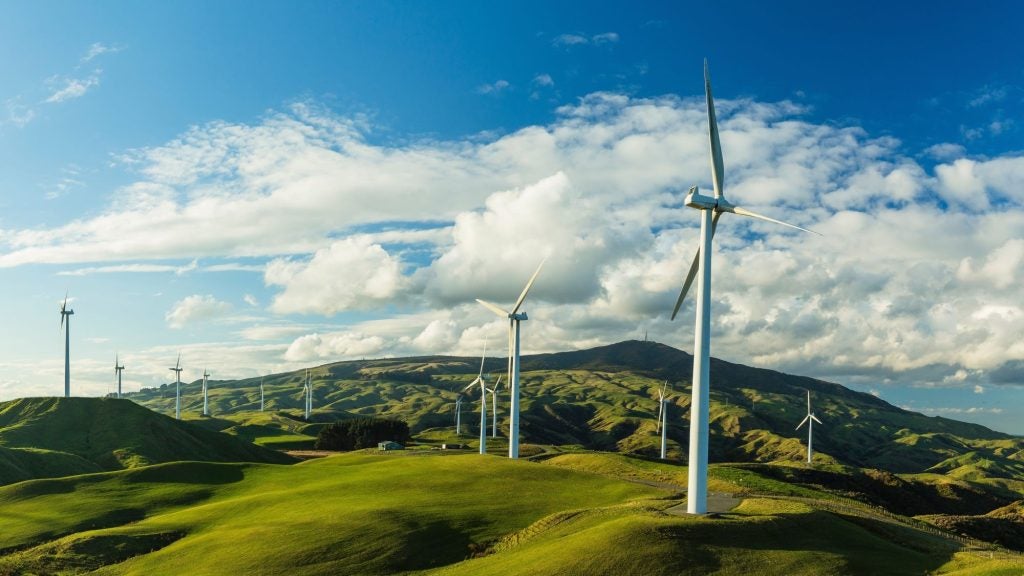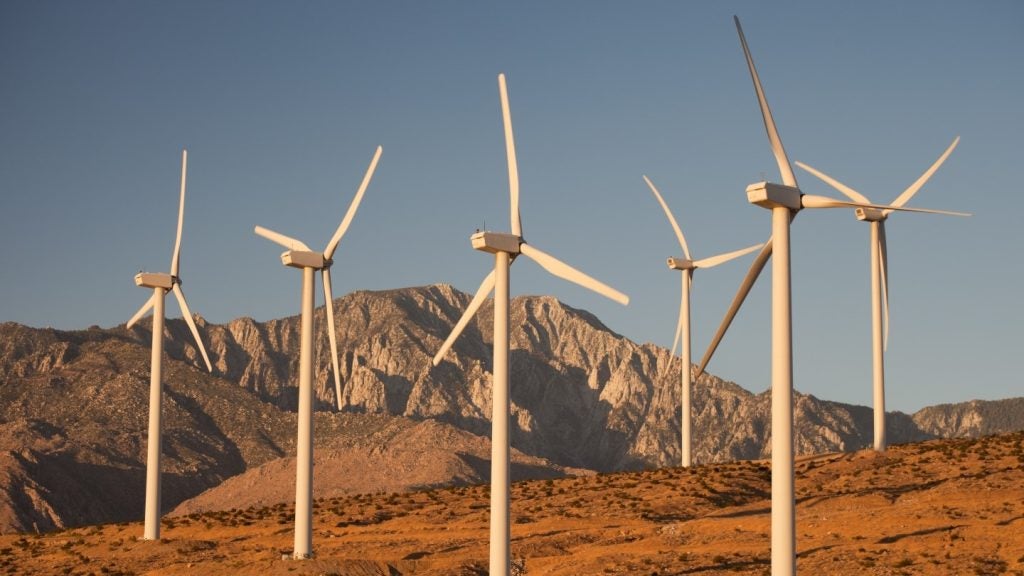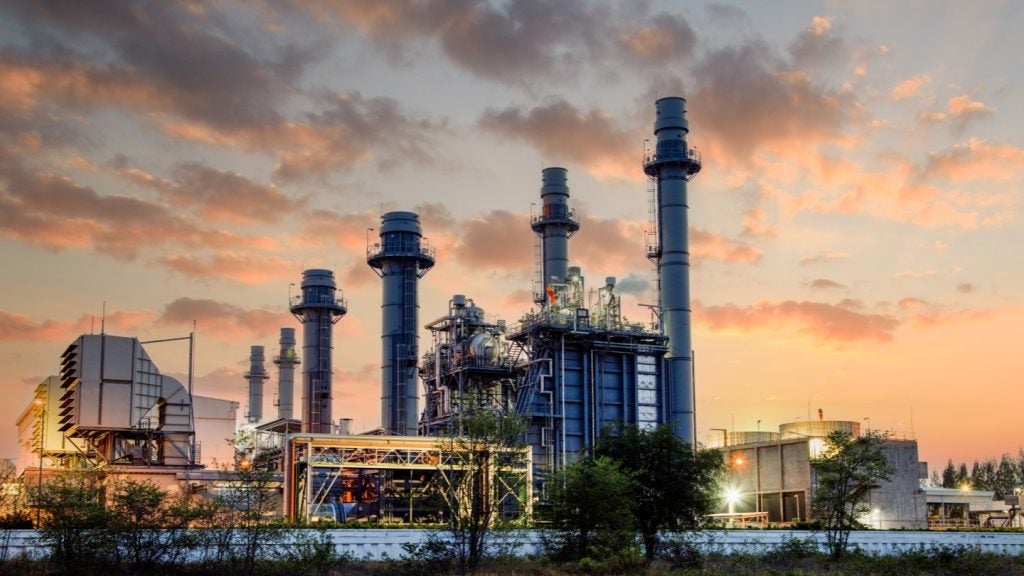
Once a wind power plant (onshore or offshore) becomes operational, the operation and maintenance (O&M) cost accounts for approximately 30% of the total cost of energy from wind power plants. Offshore wind farms attract higher O&M costs in comparison to onshore wind farms due to higher turbine maintenance, high logistics costs, and lack of skilled manpower.
Offshore wind farms accounted for 8.2% of the total wind O&M market in 2016 with a market size of $1.12 billion. It is estimated that offshore wind O&M will continue to grow to reach $5.04 billion, equating to an 18.4% share of the total wind power O&M market in 2025. Therefore, development of new and innovative O&M techniques for reducing expenditure is important in terms of overall cost efficiency for wind power producers and the economic feasibility of projects. Cost reduction in O&M can be achieved by increased reliability of components, optimised operation, better control over technical conditions, technical solutions, improved maintenance, and better strategies for reduced downtime in case of failure.
Emerging O&M Trends
As project margins are becoming narrower with every auction, project developers are looking for new and innovative methods and techniques for reducing O&M cost, leading to increased profitability for prolonged wind power plant operations. This essentially means the industry is looking toward automation, data analytics, smart technology, and artificial intelligence (AI) for effective maintenance of wind power assets with minimal human interference. Some of the upcoming O&M trends are discussed below:
Inspections by drones: With drone technology gaining popularity, average market growth of drone inspections is estimated at 13% per year until 2021, growing to 200,000 drone inspections per year by 2022 globally. Siemens Gamesa Renewable Energy (SGRE) intends to launch its own drone inspection service. To this effect, the company has decided to develop a dedicated drone platform along with software to process the large data collected by drones from a single turbine inspection. In Q3 2016, the Nordex Group entered into partnership with Lufthansa Aerial Services (LAS) for inspection of several Nordex wind turbines. Powerful sensor arrays in drones collect and transmit data on rotor blade conditions for expert analysis. Regular inspection of blades is necessary to diagnose and fix wear and tear due to erosion.
Drone inspection is likely to be widely adopted for offshore wind turbine inspection where accessibility is largely dependent on favourable weather and wave heights, especially now that new projects are constructed away from the shore to better utilise wind resources. Conventional methods of offshore wind turbine inspection involve aerial inspection by helicopters or transporting technicians on-site, both methods being highly cost-intensive coupled with a certain degree of risk. Therefore, elimination of the human factor, reduced cost, and the huge amount of data collected on software platforms through using drones are likely to give the project developers an edge for effective monitoring and timely maintenance of the turbines for longer life span and reduced capital expenditure. Proper analysis of the collected data also leads to reduced outage time and increased power production. A standard wind turbine inspection currently costs $1,500 per tower; performing the same task with the help of a drone cuts this by almost 50%.
How well do you really know your competitors?
Access the most comprehensive Company Profiles on the market, powered by GlobalData. Save hours of research. Gain competitive edge.

Thank you!
Your download email will arrive shortly
Not ready to buy yet? Download a free sample
We are confident about the unique quality of our Company Profiles. However, we want you to make the most beneficial decision for your business, so we offer a free sample that you can download by submitting the below form
By GlobalDataBlade Maintenance Robot: In line with GE Renewable Energy’s innovation, SGRE is also developing blade robots for monitoring and basic servicing, including cleaning and polishing of wind turbine blades. The robots utilise a vacuum pump for vertically climbing up the rotor blades. SGRE collaborated with Rope Robotics in the development of blade maintenance robots that is scheduled for commercial launch in 2019, after a pilot project launch in 2018. As the new technology replaces human intervention with automation, it is not only safer but allows round-the-clock O&M even in adverse weather conditions. The GE blade robot is even fitted with a microwave scanner for verifying the structural integrity of blades.
Underwater drone: Blueye Robotics has developed a new underwater drone for cable surveys and inspection of cables from offshore wind turbines. Array cables and export cables are the most important part of offshore wind turbines as they transmit the power generated to the mainland. Therefore, an opportunity to conduct regular visual inspections of these cables and the surrounding sea bed can enable potential issues to be addressed at the right time before they become a problem. Combined with lower than usual capital expenditure and negligible operational expenditure, underwater drones can make visual inspections more frequent and less cumbersome for operators of offshore wind farms. Moreover, the Blueye underwater drone is operationally very simple to operate.
Automation and AI: Automation and AI will help collect data from various sources and analyse this on a software platform resulting in proper decision-making and effective functioning of the wind turbine for optimised power generation. Integrated with data analytics, automation can compile wind speed data, wind direction, weather conditions, and other crucial factors and adjust the pitch angle accordingly for optimised power generation. Data analysis of wind turbine performance report can also produce system-generated alerts on the health of the turbines for timely maintenance and replacement if necessary. Another solution to the automation of wind farms could be the Self-Erecting Nacelle System (SENSE).
MHI Vestas, which has been relying on CMS and SCADA to predict failures and improve turbine performance, has developed SMART Fast Data solution for collecting data from around 1,000 sensors 1–50 times per second. This gives a detailed insight into the health of the turbine resulting in increased availability and energy production.
Ongoing Research: The University of Manchester is conducting a research titled “Home Project” aimed at reducing O&M costs in wind turbines through the application of new technologies. The project includes the use of big data and sensors, advanced digital simulation, integration of wind through better forecasting, and use of robotics for O&M services. The project also intends to use the existing component performance data to analyse the components of other turbine parts.
A US company, Sentient Science, has developed complex material-based models to better understand the stresses individual components face, right down to the level of grinding on individual bearings. This allows the discovery of the weakest points of a specific asset, to the point of whether the same component could have different weaknesses on other makes of turbine. This advanced understanding of a component’s make-up allows the company to predict how a part will perform in specific conditions or machines. It can be used to create a better picture of when a turbine might fail, and the reasons behind its failure.
Future of O&M in Wind power sector
At present, O&M in both onshore and offshore wind power plants is undertaken manually on-site. As logistics and the supply chain contribute the bulk of the O&M cost, minimising human intervention with the help of robotics, airborne and underwater surveillance drones, and AI is necessary for increased power generation, cost-effectiveness, timely maintenance, and longevity of the wind turbines. The above-mentioned technologies integrated with AI in the form of deep machine learning is likely to recognise early signs of faults in wind turbines and their components, based on analysis of historical data. Traditional wind power O&M is characterised by reactive maintenance in response to faults and failures, turbines with fixed upper and lower fault limits, and manual interpretation and analysis of huge operational data acquired through SCADA, resulting in lost opportunities for increased production and reduced costs. With the advent of modern technologies integrated with AI, wind O&M is expected to perform predictive analysis, enabling early detection of anomalies and advice solutions before occurrence of faults or failures, have dynamic fault limits of turbines dependent on situation which can be customised providing flexibility of operation to the turbine and utilisation of human intelligence in productive areas while data analysis and corrective measures can be taken care of by AI based deep machine learning.
Therefore, the emergence of new O&M technologies in the wind sector is likely to increase the operational efficiency of wind turbines, and optimise resource utilisation by bringing down O&M costs further, resulting in increased clean energy generation with reduced energy cost.








Related Company Profiles
Siemens Gamesa Renewable Energy LLC
Sense Corp.
Blueye Robotics
GE Co Ltd
GE Renewable Energy